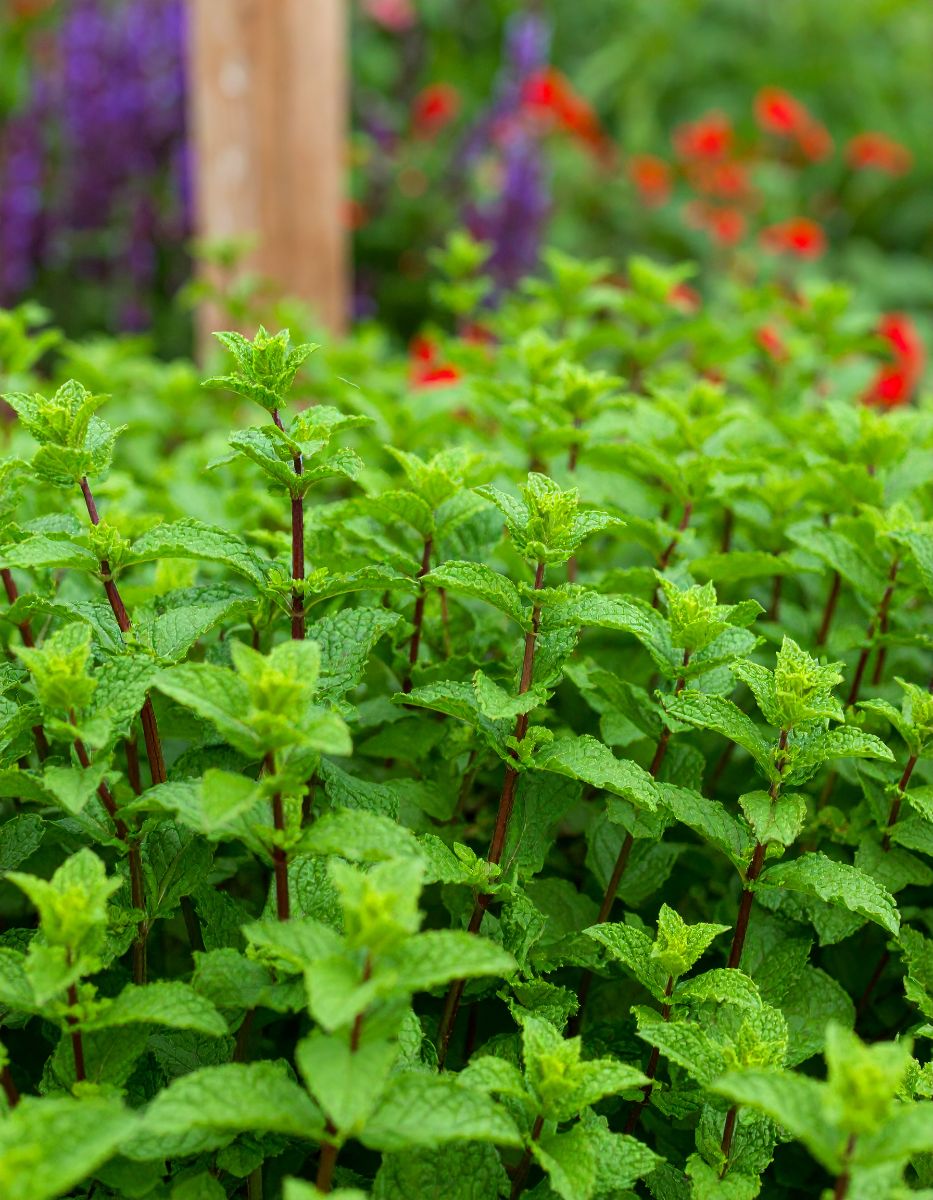Mint is a popular herb known for its refreshing aroma and versatility in culinary applications. However, its vigorous growth and invasive nature can pose challenges in a garden setting. Understanding which plants are compatible with mint and which are not can help you maintain a thriving garden.
Companion planting is an essential aspect of gardening that involves strategically placing plants together to enhance growth, deter pests, and improve flavor. While mint can be a beneficial companion for some plants, it can also hinder the growth of others. In this article, we will explore the plants that should not be planted near mint to ensure a harmonious and productive garden.
Advertisement
1. Understanding Mint’s Invasive Nature
Mint is a perennial herb that spreads rapidly through underground rhizomes, which can extend several feet from the original plant. This aggressive growth habit allows mint to quickly dominate garden spaces, often at the expense of neighboring plants. Without proper management, mint can overtake garden beds, crowding out less vigorous plants and competing for essential nutrients and water.
To illustrate, a single mint plant can spread up to 4 feet in diameter within a single growing season. This makes it crucial to contain mint in a controlled environment, such as a pot or a designated garden area with physical barriers, to prevent it from encroaching on other plants.
2. The Importance of Companion Planting
ADVERTISEMENT

